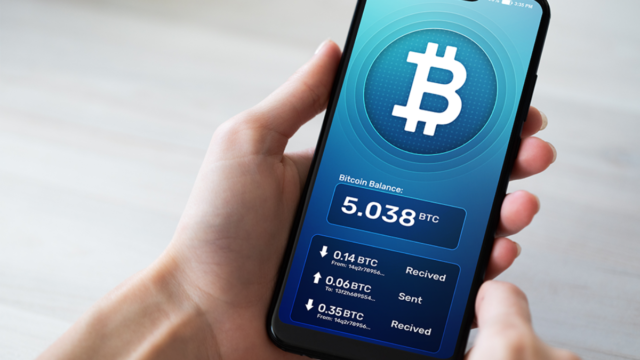A huge misconception concerning cryptocurrency is that its community is one that only tech-savvy individuals can join, given all the news surrounding Proof-of-Work mining and the powerful computers required to “earn” coins. But that’s only one facet of the crypto sector—one that most don’t acquaint themselves with. Most cryptocurrency investors use everyday tech such as smartphones to hold coins for the long-term or participate in short-term day trading activities. As it stands, the entire crypto ecosystem can be accessed through your phone—here’s how!
Get a Cryptocurrency Exchange App
Contents
While there are ways to mine or stake coins through your phone, first-time and casual investors often start by purchasing an initial investment through an exchange. Cryptocurrency exchanges work like traditional marketplaces: you create an account, verify your information with an ID to access more features, and set up a payment strategy. Regardless of your stance in the altcoin vs Bitcoin dilemma, exchanges offer thousands of coins on the listing, so you can purchase any coin that piques your interest.
From Binance to Coinbase and even Venmo (if you’re from the US), various exchanges can be downloaded from the App Store and Google Play Store and have all the functions that desktop users enjoy. Apart from being able to purchase and sell coins, you’ll also be able to manage your portfolio—though it’s highly recommended to move your crypto to a wallet if they’re not being used for day trading.
An advantage to accessing an exchange through mobile is that you can easily sync your preferred payment method with the mobile app corresponding to it. For instance, it’s a lot easier to purchase through a bank or credit card with a smartphone, as you’ll receive a push notification with an SMS or email verification. The entire process can be completed within two minutes—an extremely fast and efficient way to invest in cryptocurrencies without taking too much time off your day.
Get a Mobile Wallet
Cryptocurrency wallets are like regular wallets: they’re secure storages for your funds. While offline wallets in the form of hardware are generally more secure, if you’re just starting out and not dealing with a large number of coins, then mobile wallets are convenient and free options that you can access anywhere on the go.
Multi-Asset Wallets
These are wallets that support thousands of cryptocurrencies but are run by third-party institutions. As a result, they may lack robust features specific to a particular blockchain, such as staking or voting for governance. However, they still offer a wide range of features that can help you manage your funds, including price charts and sending and receiving functions—so you can transfer coins to and from others directly from the app by exchanging wallet addresses.
Popular mobile wallets include Exodus and TrustWallet, both of which can be downloaded from the App and Google Play Store, but hundreds more are available depending on your country of residence. While these wallets support thousands of cryptocurrencies, they don’t support all the altcoins in the metaverse, so it’s not rare for investors to have more than one wallet. Note that there are fees—called “gas”—charged for every transaction, but that price is often dependent on the blockchain’s fees. More congested networks, such as Ethereum’s, may cost more than scalable options like EOS, so it’s recommended not to transfer micro-transactions (such as $5), as fees can eat up the value.
Cryptocurrency-Specific Wallets
Cryptocurrency-specific wallets are wallets created by the coin’s developers to be used as a storage and management solution for the coin-in-question. For instance, the Daedalus Mainnet was developed by the same team responsible for Cardano—hence, it’s a desktop application that can hold, manage, send, receive, and stake ADA. Some apps will also automatically stake your holdings to gain an annual interest without personally delegating them to a pool—a function that’s extremely convenient for earning passive income without putting in any technical effort.
Functions like this are common among crypto-specific wallets, as developers focus on a single coin and its interaction with the native blockchain. While owning multiple wallets may feel cumbersome at first, many have found this system to be more rewarding in the long term, as it’s a lot simpler than learning new software for staking, delegating, and more.
Downloading an exchange and a mobile wallet will give you access to all you need to start cryptocurrency trading! The entire process doesn’t require the help of hired traders or brokers—just you and your smartphone make the dream team for taking a chance at the volatile coin market. On that note, due to the speculation surrounding cryptocurrencies, prices are subject to wild fluctuations. As a result, it’s pertinent to watch the news and crypto charts from The TopCoins to make concrete decisions before pouring funds into a new investment.


